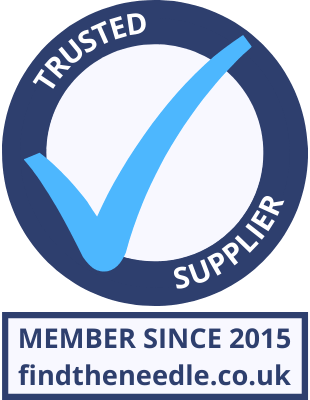 Add My Company
Add My Company
Sign In

For more information on Advanced Access Control: Proximity Card Systems Explained talk to North East Time Recorders Ltd
Enquire Now
List your company on FindTheNeedle.

